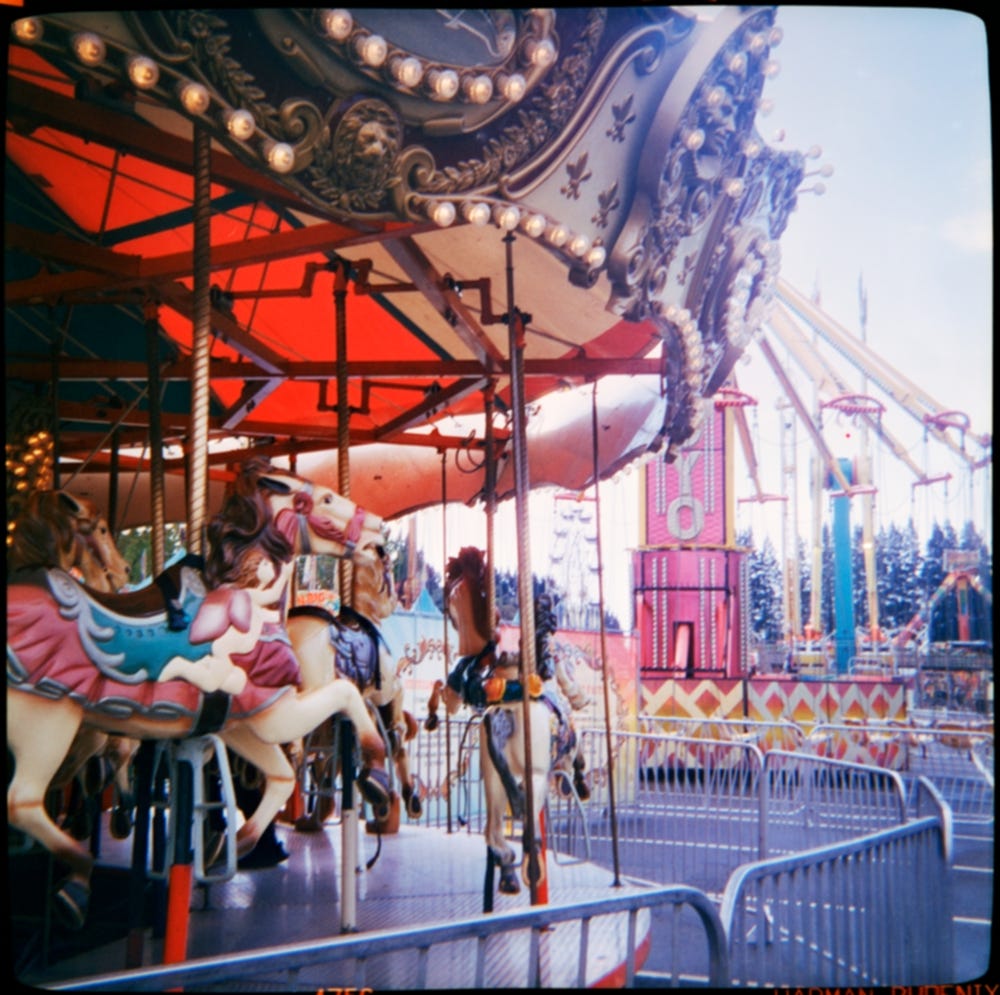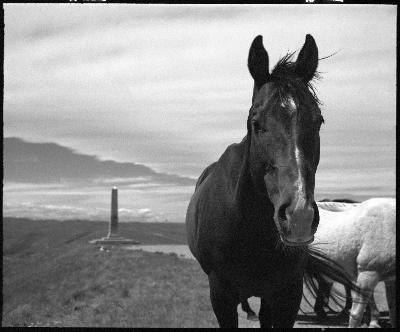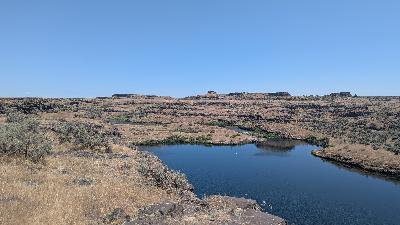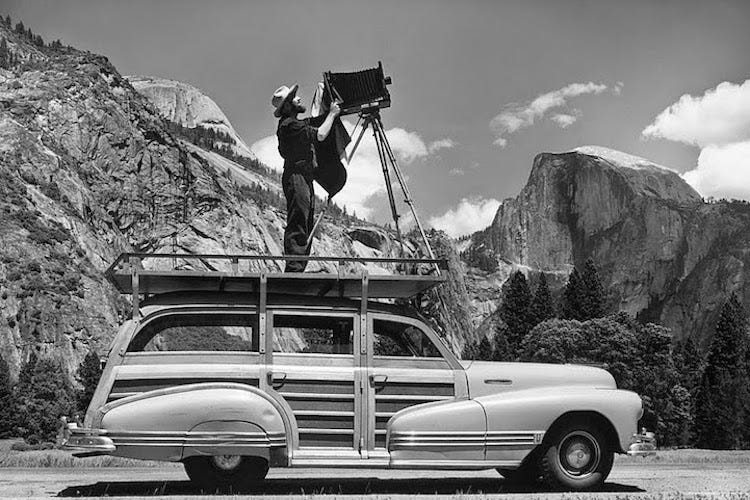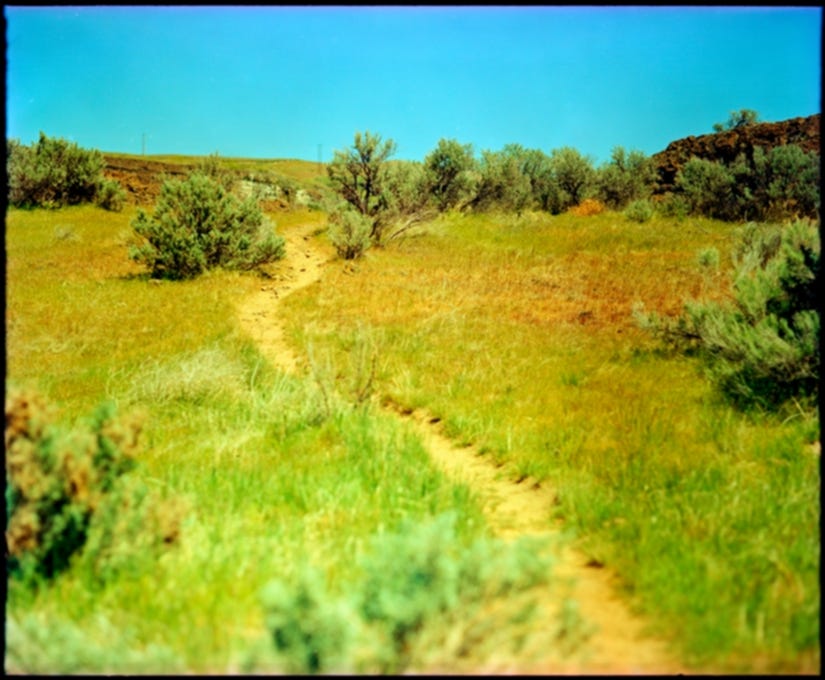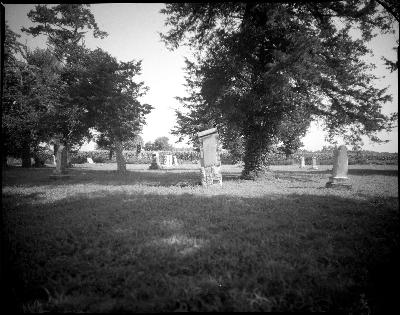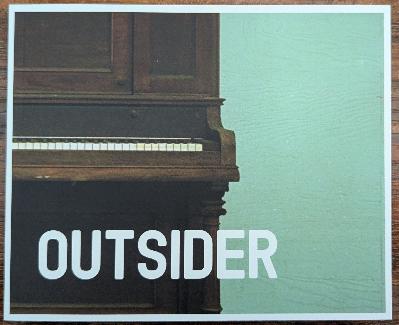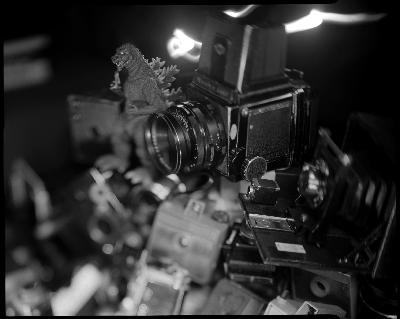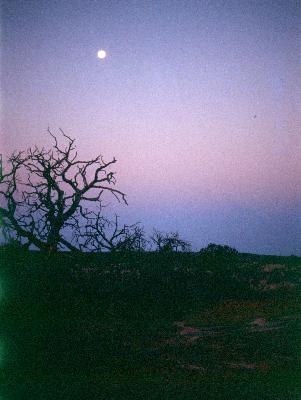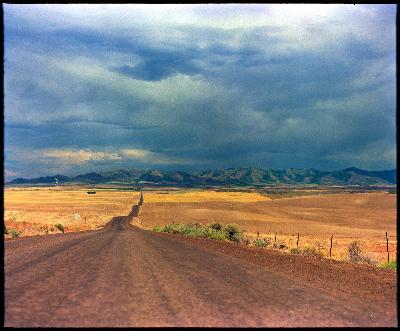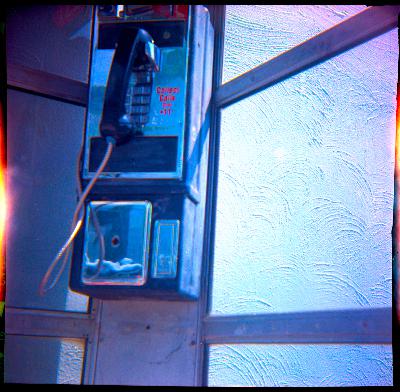Kickstarter For a New Book
Description
Link to Kickstarter campaign here.
Hello! And welcome back to us all! I’ve been a bit absent, haven’t I? There’s a completely reasonable and logical explanation for this. Writer’s block. I’m sure I have things to say about something, but I just don’t have the words to say them. I don’t know why.
I’ll sit down to write or to come up with ideas, and there’s just nothing there. Nothing in my head. I can talk and talk about various things – I was just on the Negative Influence podcast and had a bunch of stuff to say! You should check it out. It was a great conversation! But when it’s just me and the keyboard or me and a pen, I’m rather empty.
Sure, I could push through it and just say whatever b******t, but I’m not really in the business of “making content,” so when I don’t have something to say, I’d much rather just not say anything.
Which means that I have something to say, doesn’t it?
Well, I’ll say it.
There’s a Book
For the past few years, I’ve focused a lot of my photography on small, often abandoned, cemeteries through the West and Midwest. I’ve finally decided to put together a book of some of these photos.
The book is titled: Where the Plow Cannot Find Them. And right now, if you’re listening to this in mid-November of 2025, I have a Kickstarter campaign going to help release the book.
While I’ve had writer’s block, I haven’t had photobook block. The thing is ready to go to print; I just need it to find an audience. And that’s where you come in. If you’re willingly listening to this, then there must be something about my photography or words that you like or can at least tolerate. Thank you for that. And fortunately, this book has both.
So here I sit, still wracked with writer’s block, trying to come up with something to say that’s more than “hey, buy my book, I bet you’ll like it.
I guess I can tell you a little about the book itself.
This book contains 75 photographs of gravesites and 75 stories about the photographs and the people buried there. I am based out of Washington, and so many of them come from this state. Others come from Montana, Idaho, North Dakota, Nebraska, Iowa, Minnesota, Kansas, Pennsylvania, Utah, Wyoming, and Oregon. Future books will feature more and different states, but Washington will always likely have a special focus for me (if for no other reason than it’s easier).
It is the culmination of thousands of miles, hundreds of cemeteries, countless photographs, and months of research. It is also (hopefully) the first volume of many.
Over my years of traveling and exploring the backroads and towns of the West and Midwest, I continually came across cemeteries. Sometimes I’d stop and look around, maybe take a few pictures. But as time went on, I stayed a little longer, I looked at the names, the dates, and imagined stories. Finally, I brought along my 4x5 camera, and the cemeteries became my main subject.
My interest started as something on the surface. The stones themselves, as well as their settings, were interesting. The decay, the preservation, the way they lay upon the land, and how they sometimes sank into it, all caught my eye.
When I returned home and wished to share a few, I was at a loss for what to say about them. This is where the research came into things. After that, I had stories, sometimes detailed and sprawling, other times hardly anything more than names.
Why Pioneers?
Most people who enjoy walking, exploring, and photographing cemeteries visit the large ones, the famous ones. Cemeteries like Laurel Hill in Philadelphia or Hollywood Forever in Los Angeles get most of the visits. There’s Savannah’s Bonaventure Cemetery and Trinity Church in New York, as well. Their beauty as parks cannot be overstated.
However, the cemeteries I visit have mostly been forgotten by all but locals and the few family members that remain. They are small, often unkempt, and along quiet backroads or in farmers’ fields.
They contain the graves of pioneers, poor folks, and the working class. Anyone who could afford to be buried somewhere else usually was. These are the cemeteries of ghost towns and farm communities.
Most were founded in the same way: A few pioneer families established homesteads on various parcels of land. Before long, a family member would die. Maybe it was the grandfather who came along. Often it was one of the children. Then, one of the farmers would give a small piece of their land to make into a cemetery. The community would grow and expand, and the cemetery would expand along with it.
Then, finally, the pioneers would move on, selling their land to someone who was staying, and they’d leave their dead behind.
I frequent and enjoy pioneer cemeteries over those in cities or towns. Many are abandoned and deserve a little recognition. The people who are memorialized on the stones I photograph have stories, and they deserve to be remembered.
These pioneer cemeteries are often secluded and desolate. I live most of my life in a large city full of far more people than necessary. When I leave the city, I search for solitude. Few places provide more solitude than a pioneer cemetery in the middle of nowhere.
The Mission
I’ve spent so many hours photographing these small cemeteries. They’ve grown to be almost a second home for me. I feel comfortable in them, I feel a sort of mission, like this is my calling (if callings even exist).
This writer’s block thing often comes hand-in-hand with photographer’s block (or whatever we’re calling it). I haven’t picked up a camera since August. I’m always okay with this. Creativity comes when it comes, and if I force it, then photography ends up feeling like a job rather than something I love.
While I don’t miss photography when I’m not feeling creative enough to shoot something, I do miss cemeteries. I could go to one of the city cemeteries in Seattle, but there’s just no character to them. There’s no soul there. City cemeteries contain massive and beautiful stone monuments. There are thousands upon thousands of sculpted headstones, each worth its own photograph. The layout, the planning, and the landscaping of these cemeteries are all works of art. But what I long for is that small pioneer cemetery, overrun with grasses, down a lonely dirt road.
There are places that I miss, that I long for, when I’m so many miles away from them. I miss my hometown, of course. I miss the coulees and sagebrush of eastern Washington, I miss the prairies of Kansas. And, maybe most of all, I miss these abandoned cemeteries.
We often take photographs to remember a time or a person. We want to capture a sliver of the feeling we had in the moment. This is one of the reasons I photograph cemeteries. I love them so much - I don’t even have fancy words to describe it. It’s just a raw feeling down in my gut.
I put this book together for me. I understand that a book of graves isn’t really for everyone. These hours spent among the burials might be a source of calm for me, but it might not be easily translatable.
When I photograph a gravesite, my focus isn’t on making it palatable for the viewer. I’m not concerned about what will get likes on Instagram or look good as a print on a wall. My only concern is to capture how I’m feeling. This is true, of course, for every photo I take. But it’s somehow more true with cemetery photography.
I know that most of the other photos I take – the ones of small towns or abandoned homes – can be and are enjoyed by a bunch of folks. Get me in front of an old house with a dark sky, and people will actually pay money for that print (this actually happened). But the grave of some child who died of smallpox in 1890? That’s not such an easy sell.
But that’s where I’d rather be with my camera.
The Stories
When I’m in the cemetery, I have almost no sense of a story. There’s just names and dates. Sometimes I can piece a little narrative together (like when a mother died in childbirth), but the details must come later.
This book contains stories for each of the photos, for each of the graves, and the people memorialized on the stones. The research for these stories was necessarily rudimentary.
My main source was, of course, findagrave.com. There, a user community photographs and fills in details of those buried in nearly every cemetery. Often they include death certificates, obituaries, and lists of family members.
My other source is the plethora of old newspapers available on newspapers.com. Sometimes there’s not much to learn. Other times, there’s far more than I can use. Usually, it falls somewhere in the middle.
When I take the photo, I never know what the story will hold. Obviously, it’s almost always a sad ending. But I do try to stay centered on their lives rather than their deaths.
I’ve shared two of these stories on Substack already. In the episode titled “However It Happened, James Was Dead.” Both came out of the cemetery at Spring Ranch, Nebraska, and both stories are retold in full in this book.
I also give as full an account as possible of Poker Jim, a cowboy from North Dakota. Oh, that involves a blizzard and a frozen corpse crashing a poker game. You’ll have to read it in the book; it’s a fun little tale that might even be true.
And while it has some longer stories, each photograph is accompanied by a quick little tale.
For instance, there’s Frankie Snyder, the child of a family originally from my home state.
Frankie Snyder was born in March 1879 in Oregon. Her father, Allen Porter Snyder (AP to his friends), was, like many Snyders, bo


